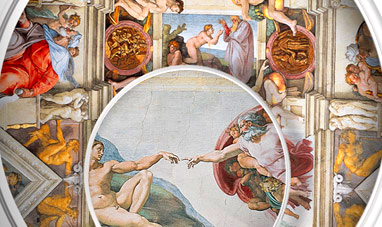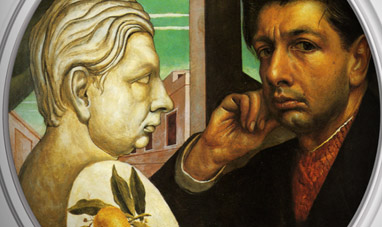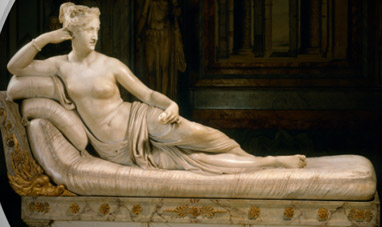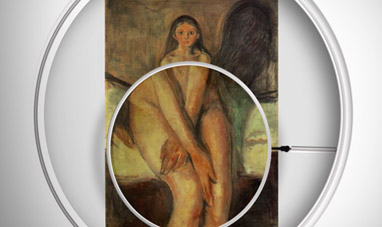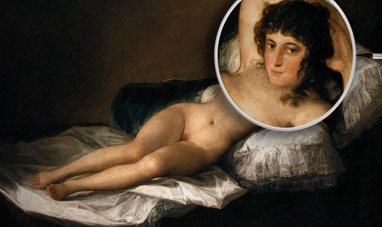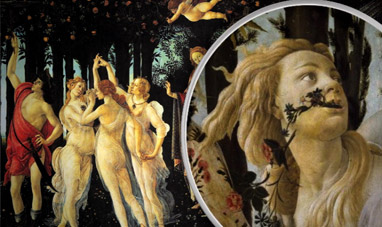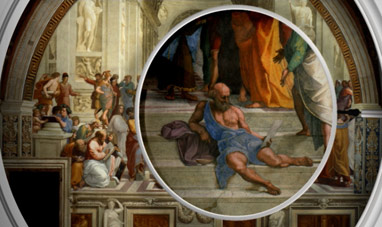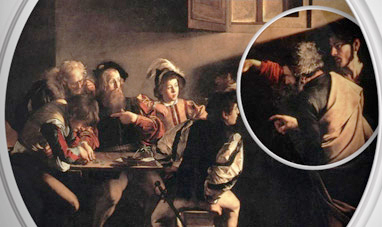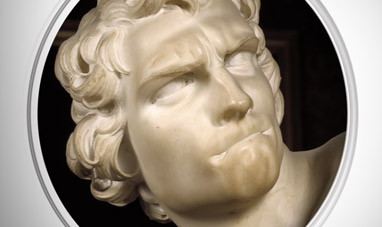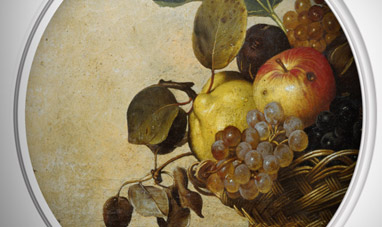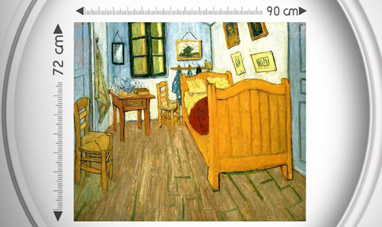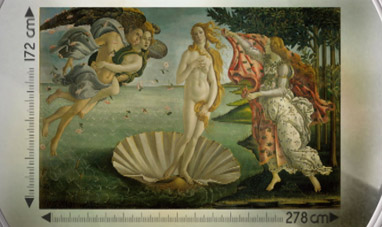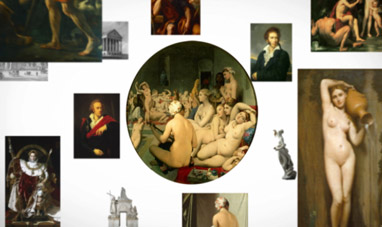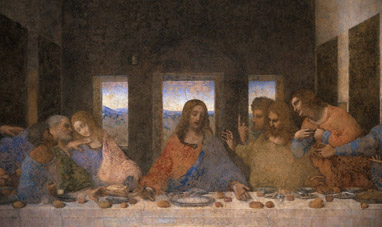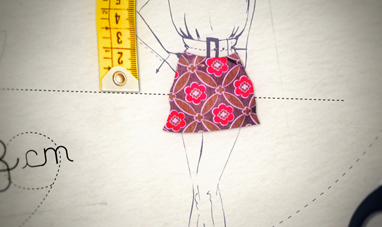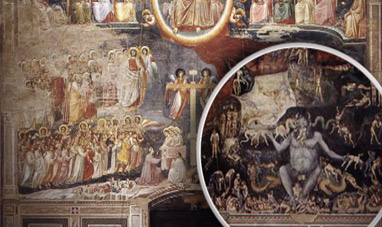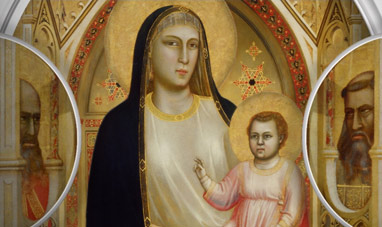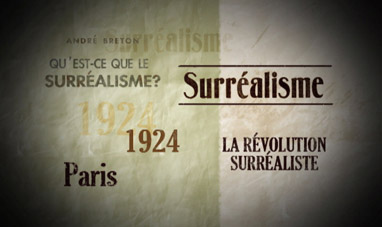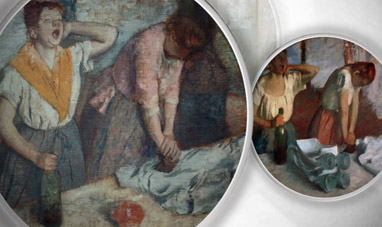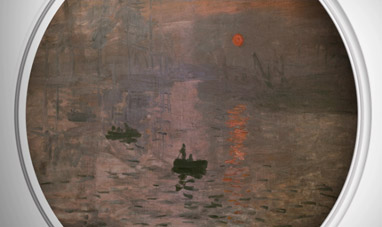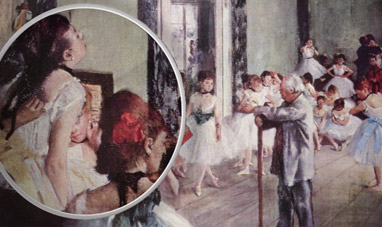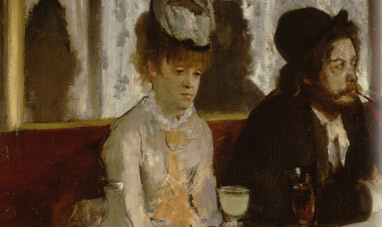Family of Acrobats with Monkey is a 1905 work by Pablo Picasso using mixed media on cardboard. It measures 104 x 75 centimeters. In 1904, the young Spanish artist settled in Paris, where he lived hand to mouth. The house where he lived was so decrepit it was nicknamed “the floating laundry.” Almost every week, Picasso went to the Medrano Circus with Parisian friends. The acrobats, actors and musicians fascinated the artist. Starting in 1905, Picasso began painting circus performers behind the scenes, using a palette of bright colors and privileging pinks and reds. [for graphics: show other works from this "pink" period including the with similar subjects, eg. "The Jugglers," 1905; "Acrobat and Tightrope Walker," 1905…] These paintings launched Picasso's Rose Period, which followed his more melancholy, gloomy Blue Period. The change of mood in his paintings was due primarily to his love affair with Fernande Olivier, who comforted him after the suicide of his friend Carlos Casagemas.
Subjects of his paintings changed with the palette. The outcasts of the Blue Period disappeared. Picasso turned his interest to commedia dell’arte masks, which were the frequent subject of 19th-century French paintings by Edgar Degas, Georges Seurat, Paul Cézanne and Henri de Toulouse-Lautrec. [for graphics show works by French artists with similar subjects, eg. Degas, "Mademoiselle La La at Circus Fernando," 1879; Seurat, "La Parade” 1887-1888; Cézanne,"Shrove Tuesday, " 1888; Toulouse-Lautrec,"Cirque Fernando: Equestrienne,"1888…] Harlequins, which symbolized the subversion of established order, became iconic subjects for this new development in Picasso’s art. [for graphics: show Picasso’s, “Head of a Harlequin”, 1904]
Family of Acrobats with Monkey perfectly represents Picasso’s rose period.The subject is a family of acrobats with a child and a monkey, captured in the intimacy of their dressing room. The balanced composition has a classic feel.
The family strikes a harmonious pose, due to an expert balance of full and empty spaces, mass and color. The figures are arranged in a pyramid, recalling poses of the Holy Family during the Italian Renaissance. [for graphics: show “Canigiani Holy Family” by Raphael with its pyramidal composition, and baby Jesus in Raphael’s “Madonna di Foligno” in a similar pose to the child in Picasso’s work.] In 19th- and 20th-century art, acrobats often represent artists. Both share courage and an ability to move between two worlds, the freedom of air and the gravity of earth. By mixing mediums - gouache, watercolor, pastel and ink – Picasso created an intimate, soft-toned atmosphere. This feature is very striking when compared with pure, violent colors that Henri Matisse and the fauvists used in their works during those same years. [for graphics: show Matisse “Woman with Hat” 1905]
Nothing in this classically-composed work foreshadowed what was to come when Picasso pioneered the Cubist revolution. [for graphics: show cubist painting by Picasso] Family of Acrobats with Monkey is currently on display in the Konstmuseum in Göteborg, Sweden.
Subjects of his paintings changed with the palette. The outcasts of the Blue Period disappeared. Picasso turned his interest to commedia dell’arte masks, which were the frequent subject of 19th-century French paintings by Edgar Degas, Georges Seurat, Paul Cézanne and Henri de Toulouse-Lautrec. [for graphics show works by French artists with similar subjects, eg. Degas, "Mademoiselle La La at Circus Fernando," 1879; Seurat, "La Parade” 1887-1888; Cézanne,"Shrove Tuesday, " 1888; Toulouse-Lautrec,"Cirque Fernando: Equestrienne,"1888…] Harlequins, which symbolized the subversion of established order, became iconic subjects for this new development in Picasso’s art. [for graphics: show Picasso’s, “Head of a Harlequin”, 1904]
Family of Acrobats with Monkey perfectly represents Picasso’s rose period.The subject is a family of acrobats with a child and a monkey, captured in the intimacy of their dressing room. The balanced composition has a classic feel.
The family strikes a harmonious pose, due to an expert balance of full and empty spaces, mass and color. The figures are arranged in a pyramid, recalling poses of the Holy Family during the Italian Renaissance. [for graphics: show “Canigiani Holy Family” by Raphael with its pyramidal composition, and baby Jesus in Raphael’s “Madonna di Foligno” in a similar pose to the child in Picasso’s work.] In 19th- and 20th-century art, acrobats often represent artists. Both share courage and an ability to move between two worlds, the freedom of air and the gravity of earth. By mixing mediums - gouache, watercolor, pastel and ink – Picasso created an intimate, soft-toned atmosphere. This feature is very striking when compared with pure, violent colors that Henri Matisse and the fauvists used in their works during those same years. [for graphics: show Matisse “Woman with Hat” 1905]
Nothing in this classically-composed work foreshadowed what was to come when Picasso pioneered the Cubist revolution. [for graphics: show cubist painting by Picasso] Family of Acrobats with Monkey is currently on display in the Konstmuseum in Göteborg, Sweden.

